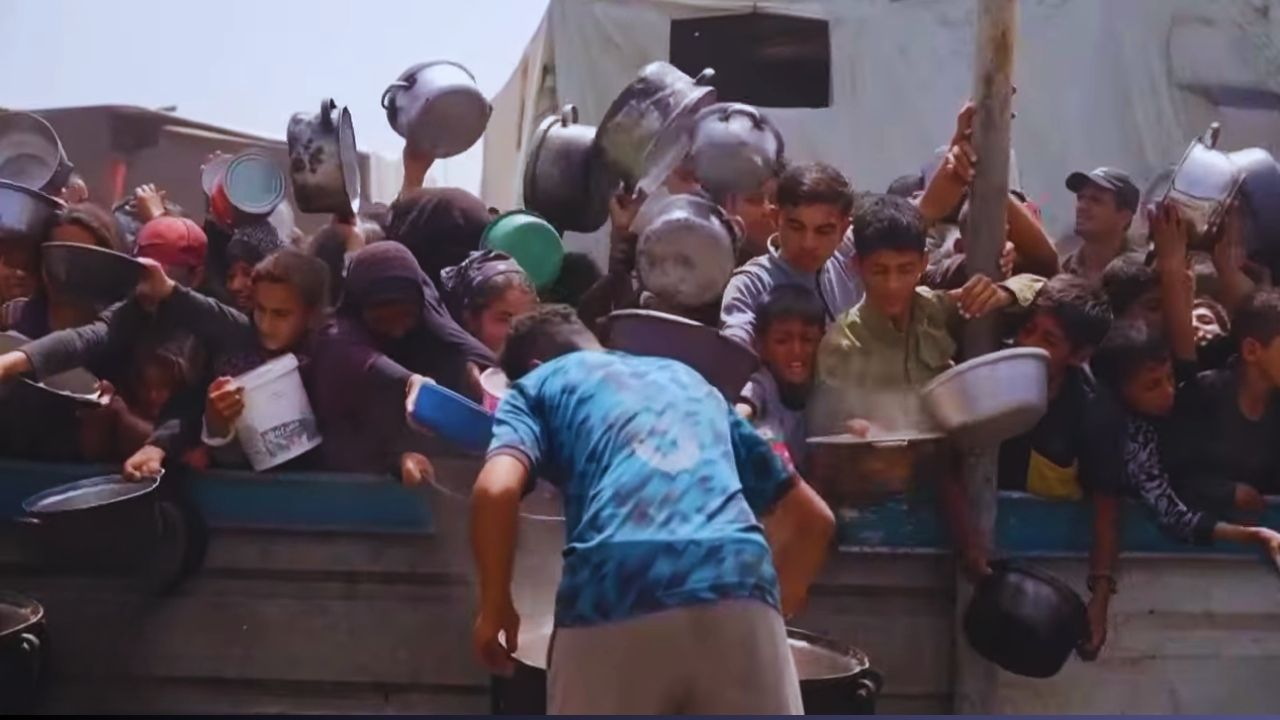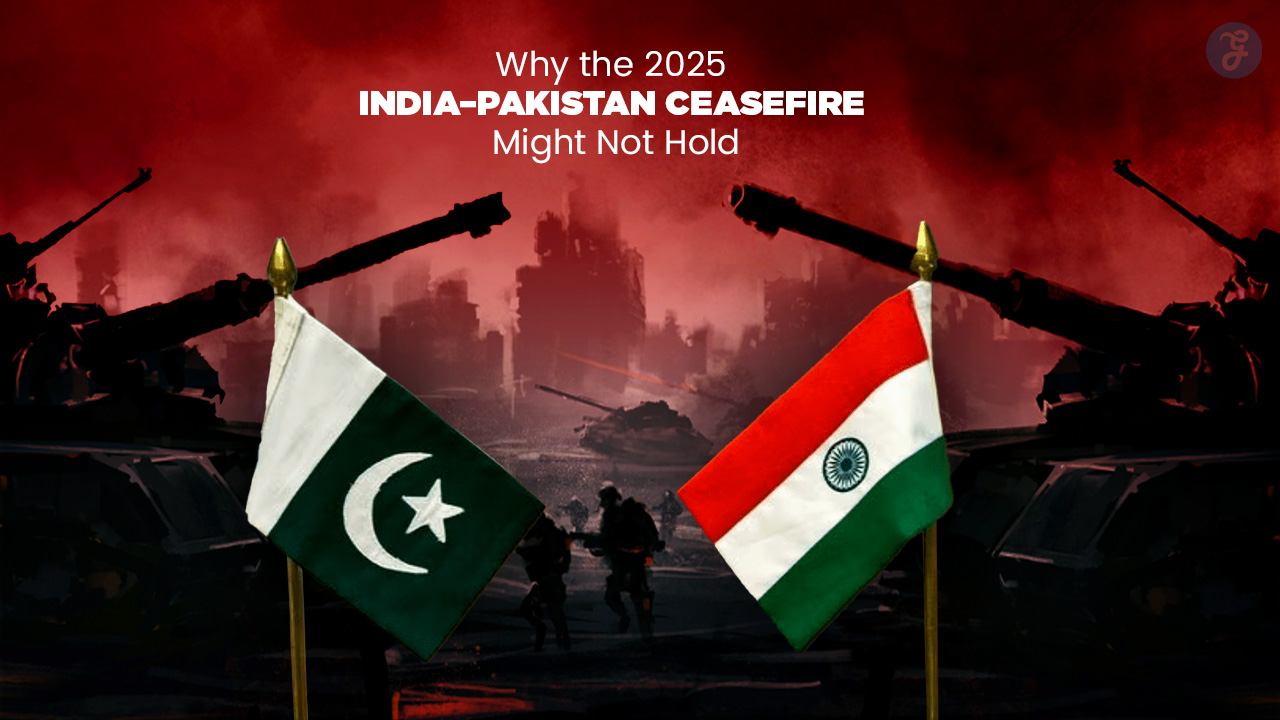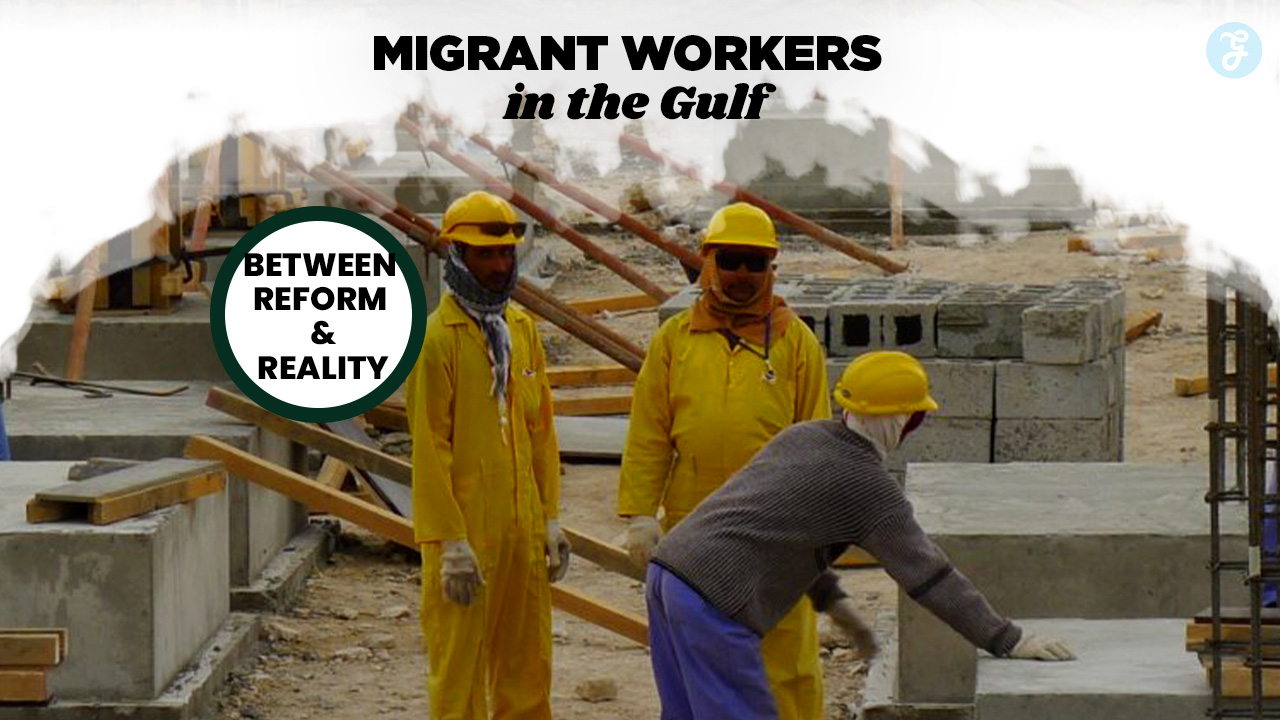After nearly two months of a complete blockade on humanitarian aid to Gaza, the Israeli government has reportedly agreed to resume the delivery of critical supplies—including food, water, and medical aid—to the war-torn enclave, according to a formal statement issued by the Gaza Humanitarian Foundation (GHF) on Wednesday.
The decision comes at a time of intensifying international pressure and dire warnings from the United Nations, which has alerted that Gaza’s food supplies are expected to be depleted within days. Since early March 2025, no aid trucks were permitted entry, resulting in a severe humanitarian crisis affecting Gaza’s 2.3 million residents.
Background: Two Months of Total Blockade on Gaza
The Israeli blockade, implemented in March, was part of a broader military strategy to isolate Hamas by cutting off all supplies entering Gaza. Israel maintained that this was necessary to prevent Hamas from diverting humanitarian aid for military purposes.
However, international organizations, including the UN, World Food Programme (WFP), and UNICEF, have repeatedly warned that this strategy is punishing civilians and pushing Gaza towards famine-like conditions.
According to the Integrated Food Security Phase Classification (IPC), every single resident in Gaza is now experiencing food insecurity, with over half a million people at risk of starvation. Aid agencies report that at least 65,000 children are suffering from severe malnutrition, with many unable to access clean drinking water or medical supplies.
The Gaza Humanitarian Foundation Steps In
The Gaza Humanitarian Foundation (GHF), a newly launched aid initiative backed by the United States and Israel, is stepping in with a proposed solution that attempts to bypass Hamas and still deliver aid effectively to civilians.
In its official statement, GHF announced that it will begin operations in Gaza by the end of May 2025, starting with the delivery of an unprecedented 300 million meals over a 90-day emergency period. The foundation will operate through newly constructed Secure Distribution Sites (SDS), which are meant to ensure aid reaches civilians without interference from militant groups.
Israeli Government Yet to Confirm, But GHF Says Aid Deal Is Reached
Although the Israeli government has not yet officially confirmed the agreement to unfreeze aid, the GHF has indicated that a deal was finalized after days of negotiations between its representatives and Israeli officials. The foundation says it has received assurances that Israel will allow transitional aid to begin flowing into Gaza under current mechanisms until GHF’s infrastructure is fully in place.
A letter dated May 14, obtained by Axios, shows GHF formally requested Israel’s cooperation in facilitating immediate aid deliveries, and the Israeli side reportedly agreed to the following conditions:
-
Expansion of secure aid delivery centers across Gaza.
-
Location identification for distribution centers in northern Gaza within 30 days.
-
Temporary and voluntary displacement of civilians only if deemed absolutely necessary due to military operations.
This step-by-step approach is designed to ensure uninterrupted aid delivery even amid rising military tensions.
Humanitarian Operations Clash with Military Escalation
The timing of this development is particularly complex. Israel is simultaneously preparing for a large-scale ground operation that could involve the mass displacement of up to 2 million Palestinians to designated “humanitarian zones” in southern Gaza if a ceasefire agreement is not reached in the coming days.
Military officials have signaled that the operation could begin as early as Friday, raising concerns that humanitarian efforts may be caught in the crossfire.
The GHF, in its communications with Israel, urged that any civilian displacement resulting from military activity must be temporary, voluntary, and exclusively for the protection of civilians. Human rights observers, however, have warned that forced evacuations under military pressure could violate international law, especially if civilians are denied access to aid or shelter.
UN and Aid Groups Oppose New GHF Distribution Mechanism
Despite the promise of resumed aid, UN agencies and international humanitarian organizations have criticized the GHF model. They argue that aid delivery should be managed through existing and neutral mechanisms already in place under UN coordination, rather than through a new body that is, in part, backed by Israel and the U.S.
Critics fear that the GHF’s model could politicize aid, making it part of a military strategy instead of a purely humanitarian mission.
The UN has urged Israel to reopen the Kerem Shalom and Rafah border crossings, and to restore supply routes immediately for UNRWA, the World Food Programme, and other neutral aid groups.
What’s Next: Humanitarian Relief or Political Maneuver?
As the situation unfolds, the international community is keeping a close watch. If Israel follows through on the agreement, and GHF begins distribution, it could provide a crucial lifeline to a population teetering on the edge of famine.
But the stakes are high. The success or failure of this initiative will depend on whether:
-
Aid reaches all areas, including northern Gaza, where humanitarian access has been extremely limited.
-
Military operations respect humanitarian corridors and civilian safety zones.
-
Neutral humanitarian principles are upheld, and aid is not used as a tool for coercion.
With war looming and famine already setting in, the lives of millions of Palestinians depend on what happens in the coming days.
The resumption of humanitarian aid to Gaza, even if tentative and partial, offers a sliver of hope. But it comes under the shadow of continued military threats, fragile ceasefire negotiations, and contested humanitarian logistics. Whether this new model under the GHF can meet the immense and immediate needs of Gaza’s population remains to be seen.








































